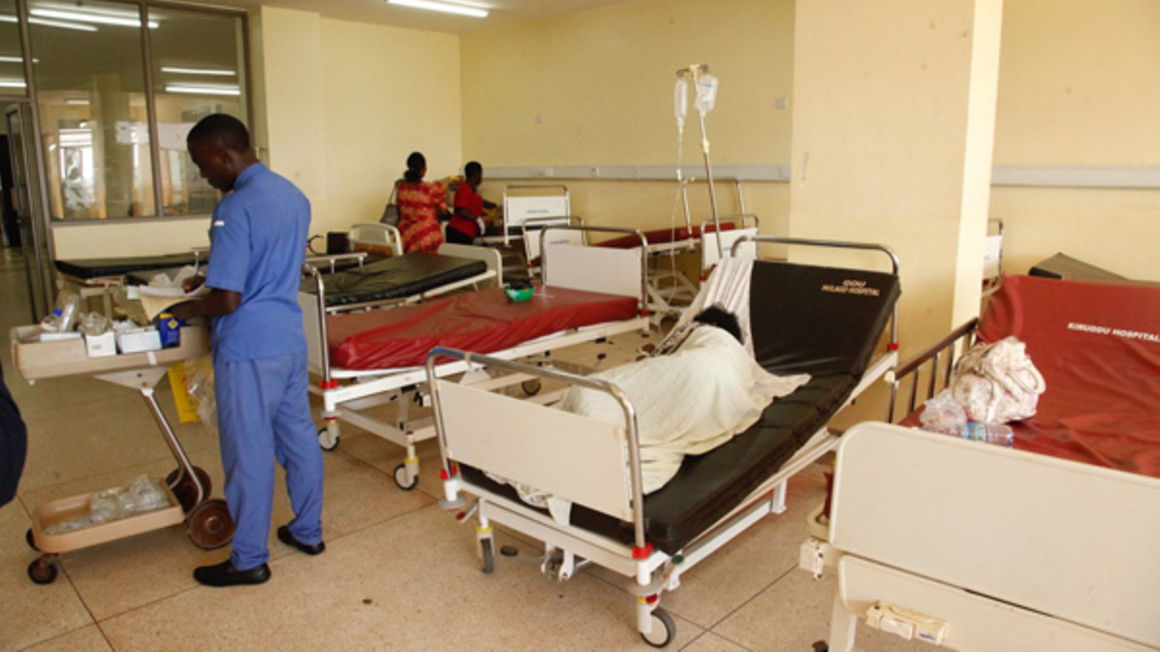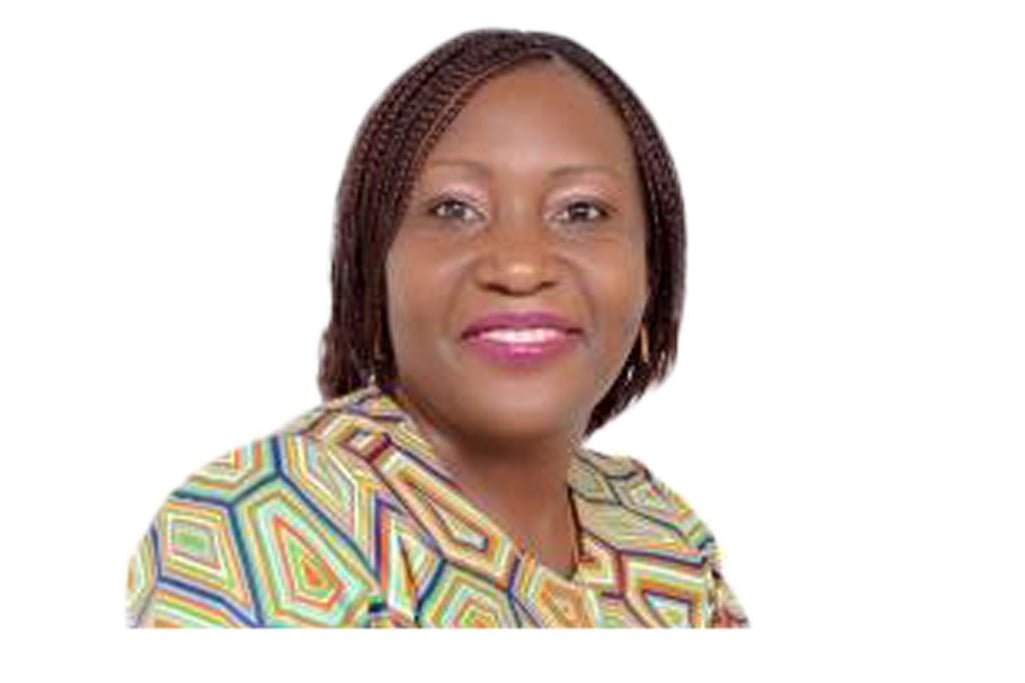Let’s set up a system that works for everyone

What you need to know:
- The issue: Healthcare
- Our view: We do not need a crisis to start putting things right. This is the time to return to the drawing board and re-imagine the healthcare needs of the future and start planning how to build a system that can respond and support every Ugandan across the income divide.
When Uganda recorded its first Covid-19 cases last year, calls were made to equip hospitals to handle critically ill patients. The need to prepare for emergencies was re-emphasised. Systems were planned and set up in anticipation but when the crisis did not come then, we seemed to have relaxed and deferred some of the actions to a later date.
This second wave and the panic, shortages and casualties that have accompanied it should be the wake-up call to work hardest and prioritise setting up a healthcare system that works for everyone.
This crisis has demonstrated that few can afford quality healthcare at the current asking price, inflated or not. The public facilities still have limited capacity in form of ICU beds or vital supplies such as oxygen, leaving desperate citizens to fend for themselves at the mercy of market forces. The call to make the health centre more robust has been made again and again, with minimal results over the years.
It is time we started making real steps to make meaningful changes in the system, even if it is done one hospital at a time. Recent reports have shown that when good and timely decisions are taken to make improvements even in one regional hospital, the results can be far-reaching.
The story of foresight and consistent implementation of plans as shown in the case of St Mary’s Hospital Lacor should give the rest of the health planners reason to rethink and prioritise areas in healthcare that need support and which are vital for operations.
Lacor’s plan to boost oxygen supply to the hospital was hatched nearly 15 years ago, before we had thought of crises of Covid-19 magnitude.
We do not need a crisis to start putting things right. This is the time to return to the drawing board and re-imagine the healthcare needs of the future and start planning how to build a system that can respond and support every Ugandan across the income divide.
Some will argue that this requires resources we do not have and yet a single hospital has shown us that it is possible to make changes that matter. If one entity can do this with good planning, imagine what a whole government can do if the will and resource mobilisation machinery is behind it.
The people making significant changes are Ugandans, trained in the same system. We should be able to replicate this across the country.




